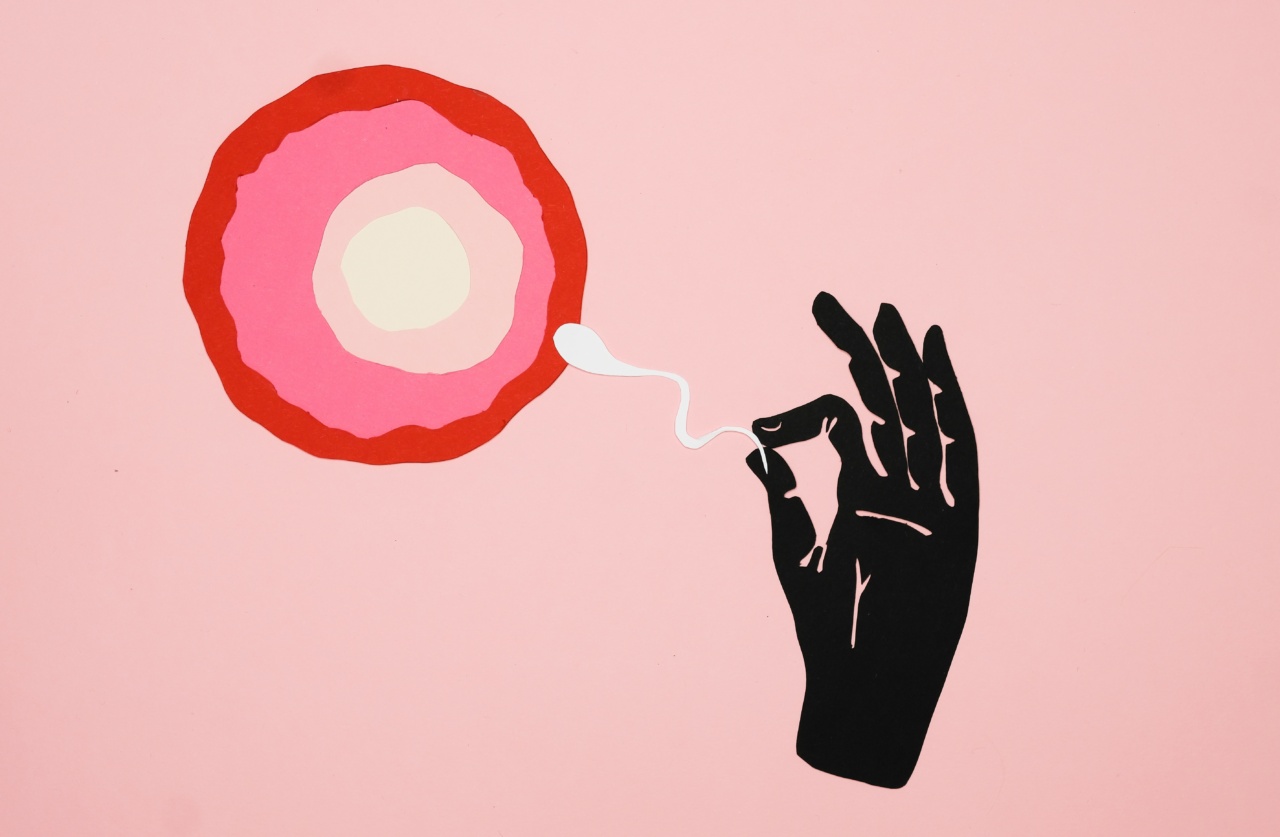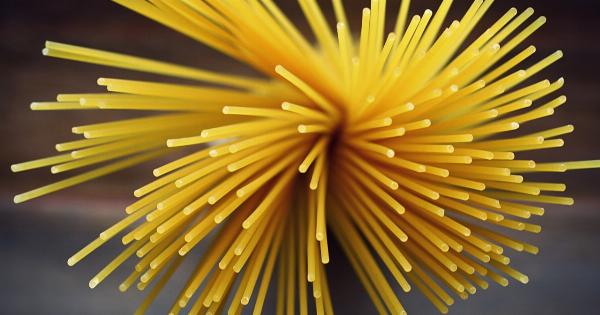When it comes to reproduction, the process of fertilization is essential. For females, choosing the right sperm plays a crucial role in determining the success of conception and the development of a healthy offspring.
While the act of fertilization may seem like a chance encounter between sperm and egg, there are actually various factors that influence how females choose the sperm for fertilization.
Throughout the animal kingdom, including humans, females have evolved mechanisms to evaluate and select the best sperm.
These mechanisms ensure that the genetic material received from the male is of high quality, increasing the chances of successful reproduction and the production of healthy offspring. Let’s explore some of the ways in which females choose sperm for fertilization:.
Sperm Competition
One of the key factors influencing how females choose sperm is sperm competition. In species where multiple males can mate with a single female, there is intense competition between sperm from different males to fertilize the egg.
In such cases, females may evolve mechanisms to favor or select sperm from certain males over others.
The female reproductive tract may have various barriers in place, such as selective filters or biochemical mechanisms, to inhibit or eliminate sperm from less desirable males.
These barriers may prevent the less competitive sperm from reaching the egg, ensuring that only the highest quality sperm have a chance to fertilize the egg.
Chemical Signaling
Chemical signaling between males and females also plays a significant role in how females choose sperm for fertilization. Research has shown that in some species, females release chemical signals that attract or stimulate specific types of sperm.
These chemical signals, known as pheromones, can influence the behavior and mobility of sperm, ultimately guiding them towards the egg.
Additionally, males also release chemical signals in their seminal fluid that can influence the female’s reproductive processes. These chemical signals might enhance sperm quality or suppress the reproductive efforts of rival males.
Ultimately, females can use these chemical signals to assess the genetic compatibility and overall quality of the male’s sperm.
Genetic Compatibility
Genetic compatibility is another critical factor in how females choose sperm for fertilization. Females may have evolved mechanisms to detect and select sperm that possess genes compatible with their own genetic makeup.
This compatibility could lead to better offspring with increased genetic diversity, improved disease resistance, and overall fitness.
There is evidence suggesting that females can assess the major histocompatibility complex (MHC) genes of potential mates.
MHC genes play a vital role in the immune system and choosing a mate with a different MHC profile can enhance the chances of producing offspring with robust immune systems.
Sperm Quality and Viability
Sperm quality and viability are crucial factors when it comes to fertilization. Females often assess the quality of the male’s sperm, including parameters such as sperm count, motility, and morphology.
Sperm with high motility and normal morphology have a better chance of reaching and fertilizing the egg successfully.
In some species, females may use external cues to determine sperm quality. For example, male birds with brighter and more elaborate feather plumage often have higher quality sperm.
Females might prefer these males, ensuring that they receive higher-quality sperm for fertilization.
Sexual Selection
Sexual selection, driven by female choice, also influences how females choose sperm. Females may have certain preferences for specific characteristics, leading them to choose mates with desirable traits.
These preferences can indirectly affect the quality of the sperm selected for fertilization.
For instance, in certain species, females might choose mates with specific physical traits, such as brighter coloration or larger size. These traits may indicate good health or high genetic quality.
By selecting males with desirable traits, females indirectly choose sperm that are more likely to result in successful fertilization and healthy offspring.
Conclusion
Choosing the right sperm for fertilization is a complex process that involves multiple factors and mechanisms.
Females have evolved various strategies to ensure the selection of the highest quality sperm, leading to successful reproduction and the production of healthy offspring. Factors such as sperm competition, chemical signaling, genetic compatibility, sperm quality, and sexual selection all play vital roles in how females choose sperm for fertilization.





























